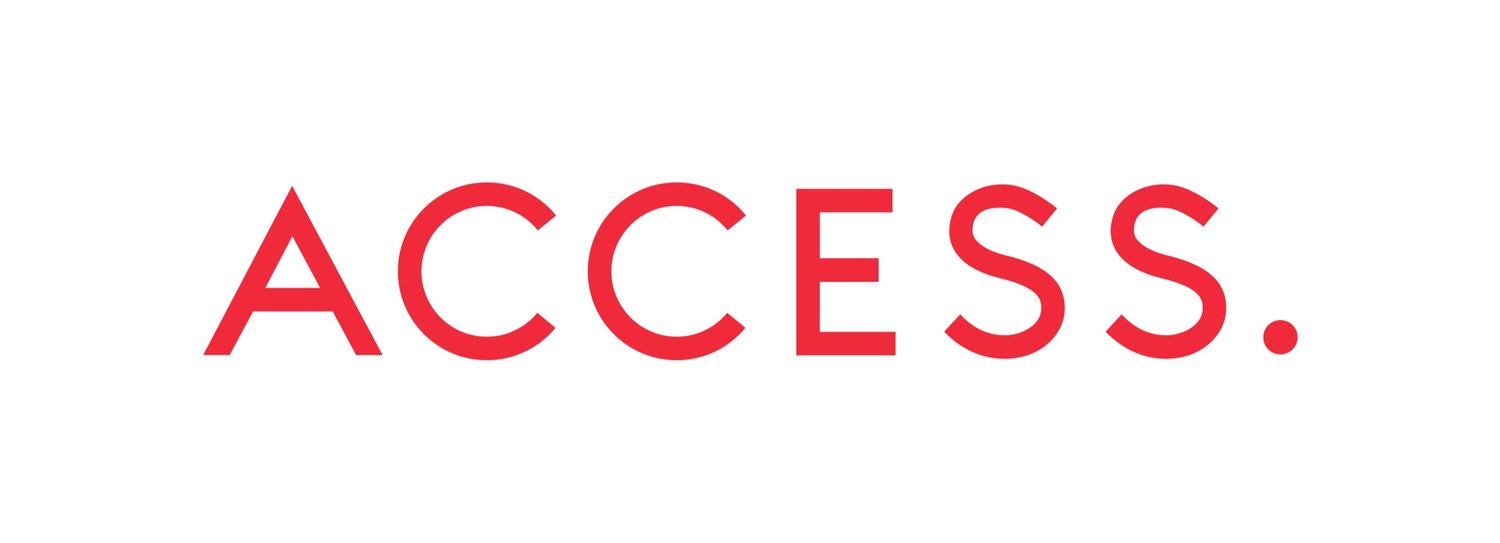This past weekend, Access Planning facilitated Simon Fraser University’s (SFU) course, Planning for Transit & Accessibility. Access Principal Tamim Raad first developed and began teaching the course in 2002 to provide a collaborative and hands-on introduction to urban design and transport planning. Almost twenty years on, this course continues to be in high demand, and one of SFU’s Urban Design Certificate Program’s most popular offerings.
Given the current COVID-19 context, this year’s course was delivered entirely online – including hosting guest speakers, conducting a virtual walking tour, and facilitating design charettes in small online groups.
The Planning for Transit & Accessibility course is built around one key question:
How can urban transportation policies and streetscape design help achieve good urban design and more liveable cities and communities?
Students are led through the basics of sustainable transportation planning in the urban context, beginning with the theoretical underpinning of why we need cities, and building to the “6 Ds” of sustainable transportation (Destinations, Distance, Design, Density, Diversity, and Demand Management). Thought leaders and industry insiders working in transit design around the Vancouver region and beyond were invited to present real-world applications of these theories.
On Day One of the course, students heard from the following presenters:
Andrew Devlin (City of North Vancouver) shared with students the work the City of North Vancouver is doing to be the healthiest small city in the world, including creating a new transportation strategy that will create streets that work for everyone in the face of change and uncertainty.
Nick Chaloux (Access) presented two research projects that examine transit service planning through an equity lens, including an analysis of Montreal transit service adjustments between 2012 and 2017 and the impacts of improving trip comfort and quality on overall accessibility to destinations by transit.
Erin Toop (WSP) gave her perspective as a researcher and consultant on planning for transportation in small and mid-sized communities, and the unique challenges and opportunities these communities face that are different from those experienced by the larger cities we often focus on in sustainable transportation planning.
Dale Bracewell (City of Vancouver) walked students through some of the progressive sustainable mobility work the City of Vancouver is doing under their Transportation 2040 Plan, including bold actions from their Climate Emergency Response and recent steps taken under COVID-19.
On Day Two of the course, attention shifted to the design charette which this year focused on the University of British Columbia’s Point Grey Campus.
Joanne Proft and Adam Hyslop (UBC Campus and Community Planning) presented on the campus planning and mobility planning context, including the most important plans and policies that have enabled the University’s unprecedented institutional and community growth while reducing single occupancy vehicle use. Together they introduced plans for SkyTrain extensions to the campus from the future Arbutus station.
Jeffrey Busby (TransLink) gave a quick introduction to the technicalities of SkyTrain design at TransLink, presenting the different needs of an at-grade, elevated, and below grade alignment, different station and guideway profiles, and passenger circulation.
Mo Bot (Access) wrapped up our slate of guest speakers with a thought-provoking discussion of equity and inclusion in transport planning, shifting the perspective away from a traditional male-identified, able-bodied 9-5 commute pattern to expose some of the current failings of our transportation systems.
Armed with a theoretical introduction to key urban design and transportation planning issues, and with a host of examples from Vancouver and beyond to consider, the students were ready for the design charette.
Excerpt from Joanne Proft and Adam Hyslop’s presentation on UBC’s Planning Context.
Access then facilitated a Google Street View campus tour of the UBC Campus, highlighting key areas to consider and potential strengths and weaknesses that could be captured in student plans. Breaking into three groups, this year’s students developed design charettes for:
1. Stadium Road Neighbourhood - Integrating a rapid transit station into a new campus neighbourhood
2. Reimagining 16th Avenue – Road diet for a healthy street
3. Threading the Needle – Finding the best alignment for rapid transit into campus
Students embraced the virtual learning platform to develop a series of boards for their charette over the course of the afternoon – one to capture the problem, a second to set the vision, goals, and objectives needed to address it; and a third to showcase the design interventions and policies put in place to realize change. Groups used online tools like MURAL and PowerPoint to collaborate and generate their materials.
Each student group presented imaginative and well-rationalized solutions for their design charette. The Stadium Road group received positive feedback for their proposal of a flexible pedestrianized space anchoring the Stadium Road neighbourhood, while the 16th Avenue group gained praise for a road diet program that combines midblock crossings, increased street front activity, and bus shelters to create community mini-nodes. The third group, Threading the Needle, identified a SkyTrain alignment oriented towards development potential and noise reduction, proposing tactics like a stacked tunnel design to help navigate the UBC campus.
Excerpt from Stadium Road group’s Design Charette.
The Access team came away energized by the experience of leading Planning for Transit and Accessibility again this year with SFU and so pleased that the online learning environment worked out so well for both students and guest speakers. Thank you to everyone who participated!



